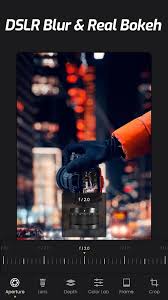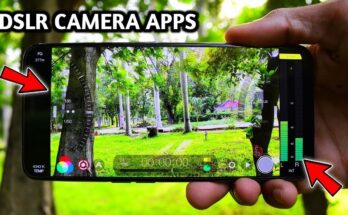IntroductionIn
today’s digital age, video has become one of the most powerful and popular mediums for storytelling. Whether you’re a professional filmmaker, a content creator on YouTube, or someone who simply enjoys capturing life’s moments on camera, the art of writing video is a skill that can elevate your work to new heights. In this article, we’ll explore the fundamentals of writing video, from scripting to storytelling techniques, and provide tips to help you craft compelling narratives through the lens.
The Importance of a Script
Writing for video begins with a script. This document serves as the blueprint for your video production and is essential for maintaining focus, clarity, and cohesion in your content. Whether you’re creating a short film, a documentary, or a YouTube tutorial, a well-structured script is the foundation upon which your video is built.
Define Your Purpose:
Start by identifying the purpose of your video.Are you informing, entertaining, or persuading your audience Understanding your goal will guide your writing.Plan Your Shots: As you write your script, consider the visual elements of your video. Describe the scenes, camera angles, and any special effects or graphics you plan to include.
Create an Outline:
Organize your script into sections or scenes, outlining the flow of your video. This helps maintain a logical progression and keeps your audience engaged.
Storytelling
TechniquesEffective storytelling is at the heart of engaging video content. Here are some techniques to help you craft compelling narratives:
Begin with a Hook:
Capture your audience’s attention from the start. An intriguing opening scene or a thought-provoking question can draw viewers in.
Develop Characters:
Even in non-fiction videos, your “characters” can be the real people involved in your story. Show their personalities, motivations, and challenges.
Build Tension:
Keep your viewers invested by creating conflict or suspense. This can be as simple as posing a problem and gradually revealing its solution.
Show, Don’t Tell:
Use visuals, sound, and actions to convey your message whenever possible. Allow your audience to experience the story rather than just hearing about it.
Use Emotion:
Appeal to your audience’s emotions. Whether it’s humor, empathy, or excitement, emotions help connect viewers to your story.
Engaging Dialogue
If your video involves dialogue, pay attention to the quality of the spoken words. Well-crafted dialogue can make your video more relatable and memorable.
Keep it Concise:
Avoid lengthy monologues or excessive dialogue that can slow down the pacing of your video.
Natural Speech:
Make your dialogue sound authentic. Use language and phrases that your characters or subjects would realistically use.Show Character Through Dialogue: Use dialogue to reveal character traits, relationships, and conflicts.
Editing and Post-Production
Writing for video doesn’t end with the script. Post-production plays a vital role in shaping your story. During editing, you have the opportunity to fine-tune your narrative, add music and sound effects, and make visual enhancements.
Continuity:
Ensure consistency in your video by paying attention to continuity. Scenes should flow seamlessly from one to the next.
Music and Sound:
Music can set the tone and enhance emotional impact. Choose music that complements your story.Editing Choices: Be selective in your editing choices. Trim unnecessary footage, maintain a good pacing, and use transitions effectively.
Conclusion
Writing for video is an art that combines storytelling, visual communication, and technical skills. Whether you’re a filmmaker, a content creator, or simply someone who enjoys making videos, mastering this art can elevate your work to new heights. By starting with a well-structured script, employing storytelling techniques, and paying attention to editing and post-production, you can create compelling video content that resonates with your audience and leaves a lasting impact. So, pick up your camera, start writing, and let your creativity shine through the lens.




